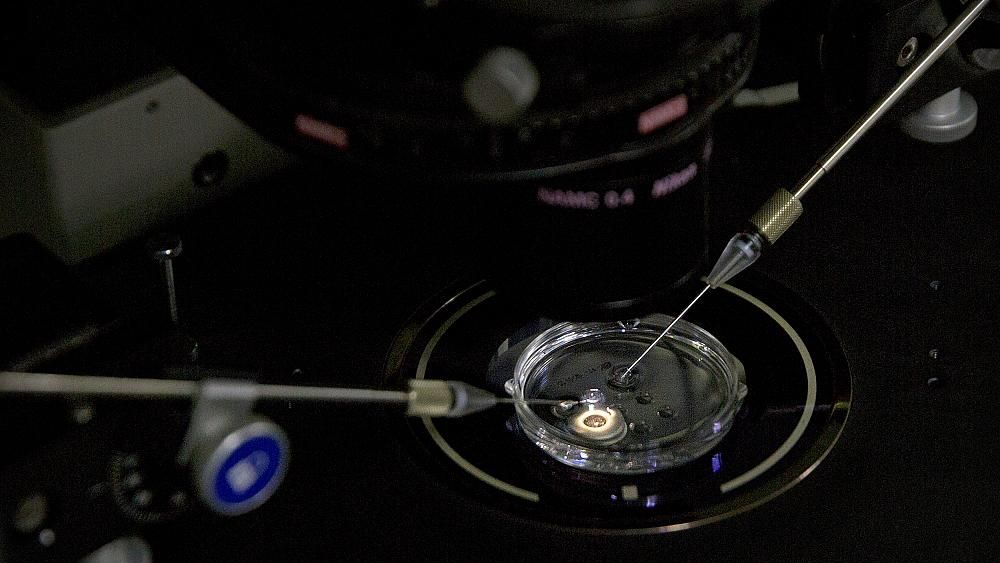A wife-and-husband research team cracks the code to allow certain patients to see again.


Tau protein aggregation is associated with cellular senescence in the brain is the topic for the November Journal Club. This is an important paper as it shows how senescent cells contribute to Alzheimer’s disease and how removing them appears to improve the condition. We will see you live on our Facebook page at 13:00 EST for the Journal Club show with Dr. Oliver Medvedik.
Abstract
Tau protein accumulation is the most common pathology among degenerative brain diseases, including Alzheimer’s disease (AD), progressive supranuclear palsy (PSP), traumatic brain injury (TBI), and over twenty others.

Today, we want to point out a new study showing how senescent cells poison their healthy neighbors and that the more there are, the faster they make other cells become senescent.
What are senescent cells?
As you age, increasing numbers of your cells enter into a state known as senescence. Senescent cells do not divide or support the tissues of which they are part; instead, they emit a range of potentially harmful chemical signals that encourage nearby healthy cells to enter the same senescent state, which is known as the “bystander effect”. Their presence causes many problems: they reduce tissue repair, increase chronic inflammation, and can even eventually raise the risk of cancer and other age-related diseases.

Ever since 2014, Italy-based Youbionic, which was founded by Federico Ciccarese and specializes in robotics and bionics, has been working on its 3D printed, robot-controlled, bionic prosthetic hand. The company started taking pre-orders for the bionic prosthetic two years ago, and has since been making improvements and updates to the original model, even coming out with a 3D printed double hand device for the augmented human. Now, Youbionic has released its latest bionic product – the Youbionic One.
“We believe that technology at our disposal today can be used for the increase in human capabilities and intervention in the replacement of parts of our body which are not working properly,” Ciccarese wrote in an email.
“Youbionic is committed every day to create technologies that can elevate mankind to a higher level.”

For a few people—those who are terminally ill, in severe pain and determined to die—suicide may be the least terrible option. In such circumstances, and with firm safeguards, doctors should be allowed to assist. But many of the 800,000 people who kill themselves each year act in haste, and more could be saved with better health services, labour-market policies and curbs on booze, guns, pesticide and pills. America, in particular, could spare much pain by learning from the progress elsewhere.
Urbanisation, fewer forced marriages and more curbs on the means of self-destruction.


Tracking brain wave activity in individuals at high risk for Alzheimer’s disease may be a promising new method for early detection, according to a new Canadian study by researchers at Baycrest Centre for Geriatric Care in Toronto, Ontario.
This is possible because brain waves tend to slow down in certain regions likely to be affected by the disease next, even before neurons have been lost.
The findings, published online in the journal Human Brain Mapping, show that individuals potentially in the early stages of Alzheimer’s disease (mild cognitive impairment) and those with a rare form of language dementia (primary progressive aphasia) exhibited sluggish brainwaves and subtle signs of damage in the brain regions responsible for memory and planning.

Scientists have discovered a new chemical process—also known as a biosynthetic pathway—in bacteria which could lead to a new generation of antibiotics being produced and manufactured.
Researchers at The University of Manchester’s School of Chemistry say their new pathway includes an enzyme, called a carboxylase, which adds CO2 to a precursor molecule producing a highly unusual antibiotic called malonomycin.
The team says the biosynthetic process used to produce this antibiotic could now possibly lead to the discovery and development of other drugs, helping in the fight against drug-resistant bugs and illnesses in the future.